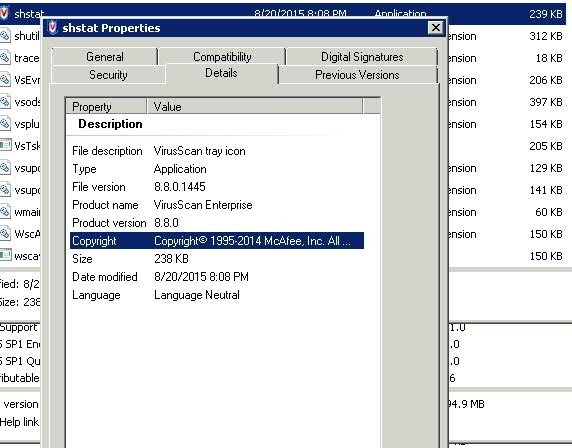

Now, you have the list of pool allocation tags ordered by size. Let’s start by pressing ‘b’ to sort by size. Once it’s open, you’re going to see this: You can also add the folder to the PATH of the system if you want, so you can open poolmon by typing it in the command prompt directly Mine is 圆4, so I’ll open …\圆4\poolmon.exe You need to choose the right folder depending on your processor. Once it’s installed, if it’s in the default folder you’ll find poolmon here: C:\Program Files (x86)\Windows Kits\10\Tools\\poolmon.exe Poolmon is part of the Windows Driver Kit, which you can download here.

Since the task manager is useless for this case, we’re going to use a tool called poolmon. If you have already updated your drivers, you can continue reading. So you should start by updating your drivers.

Most likely, if the non-paged pool is using the majority of your memory, one of your installed drivers has a memory leak. The problem is that the non-paged pool doesn’t appear in the process list, since it’s memory used by the system kernel and 3rd party drivers. If you’re wondering why your memory usage is very high but you don’t see any process using so much memory in the task manager, you’ve found the right tutorial.


 0 kommentar(er)
0 kommentar(er)
